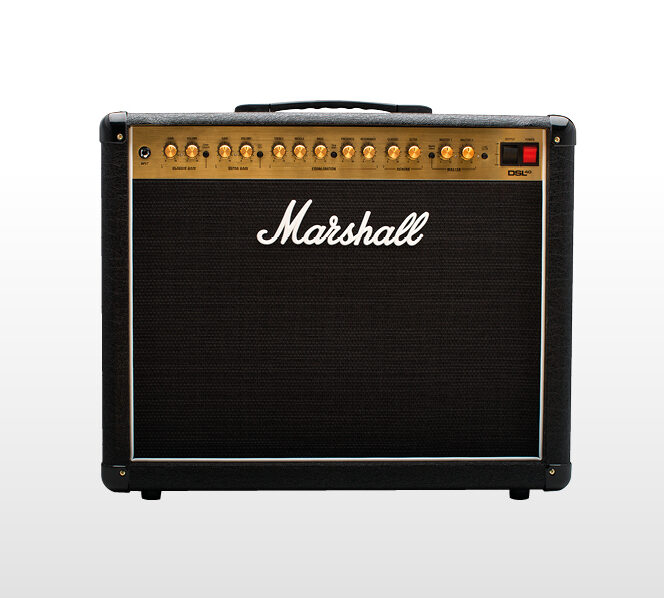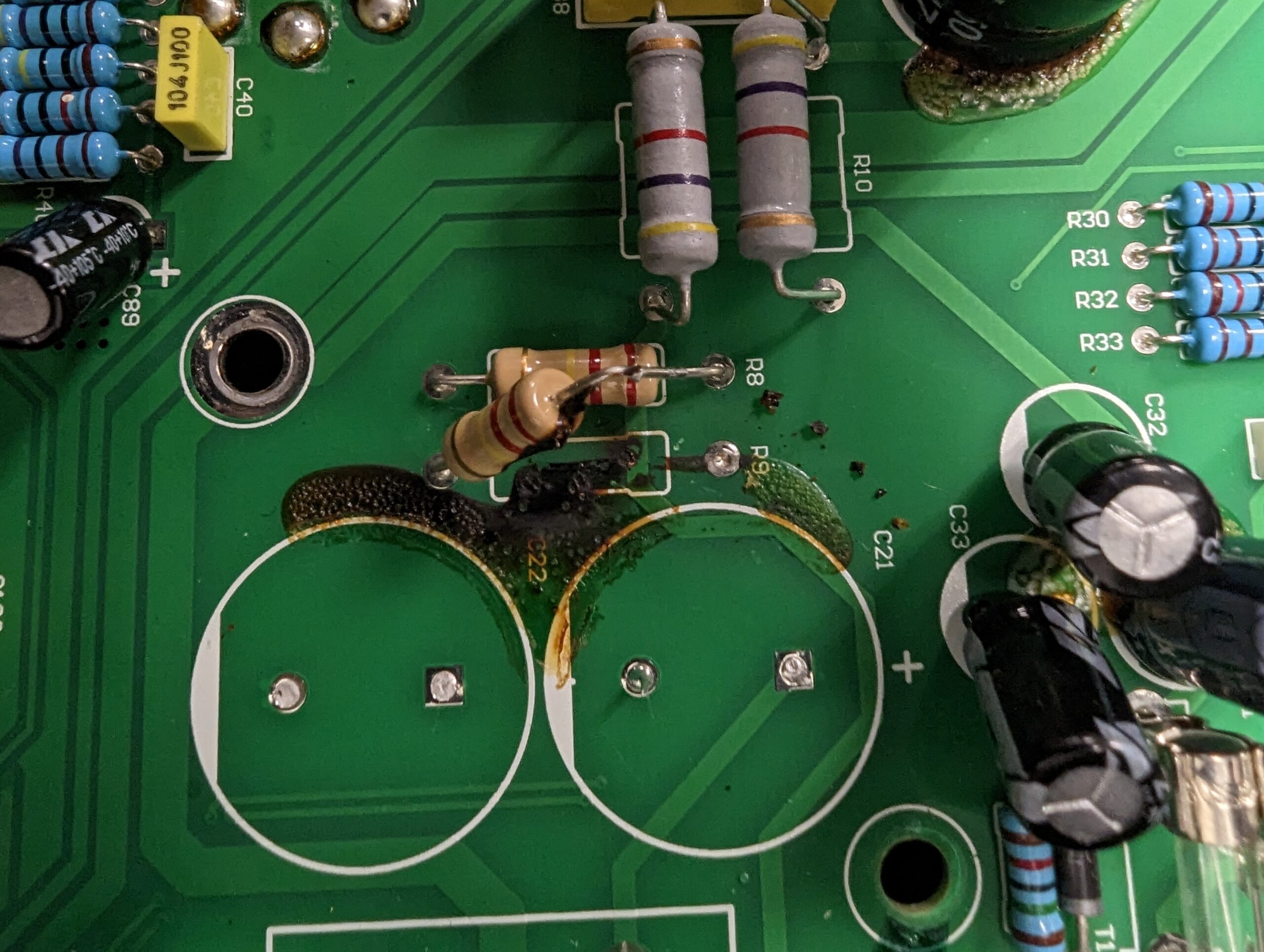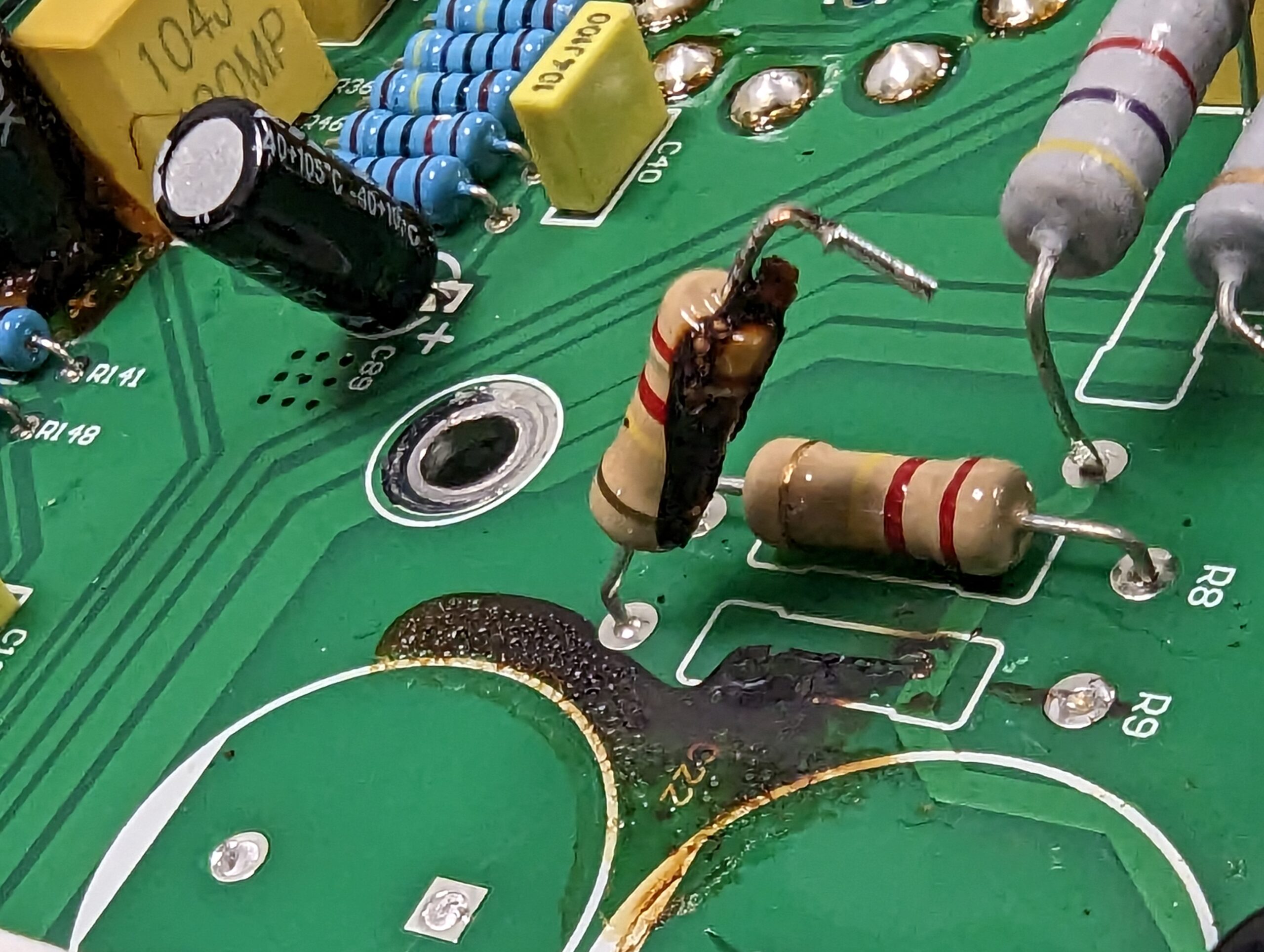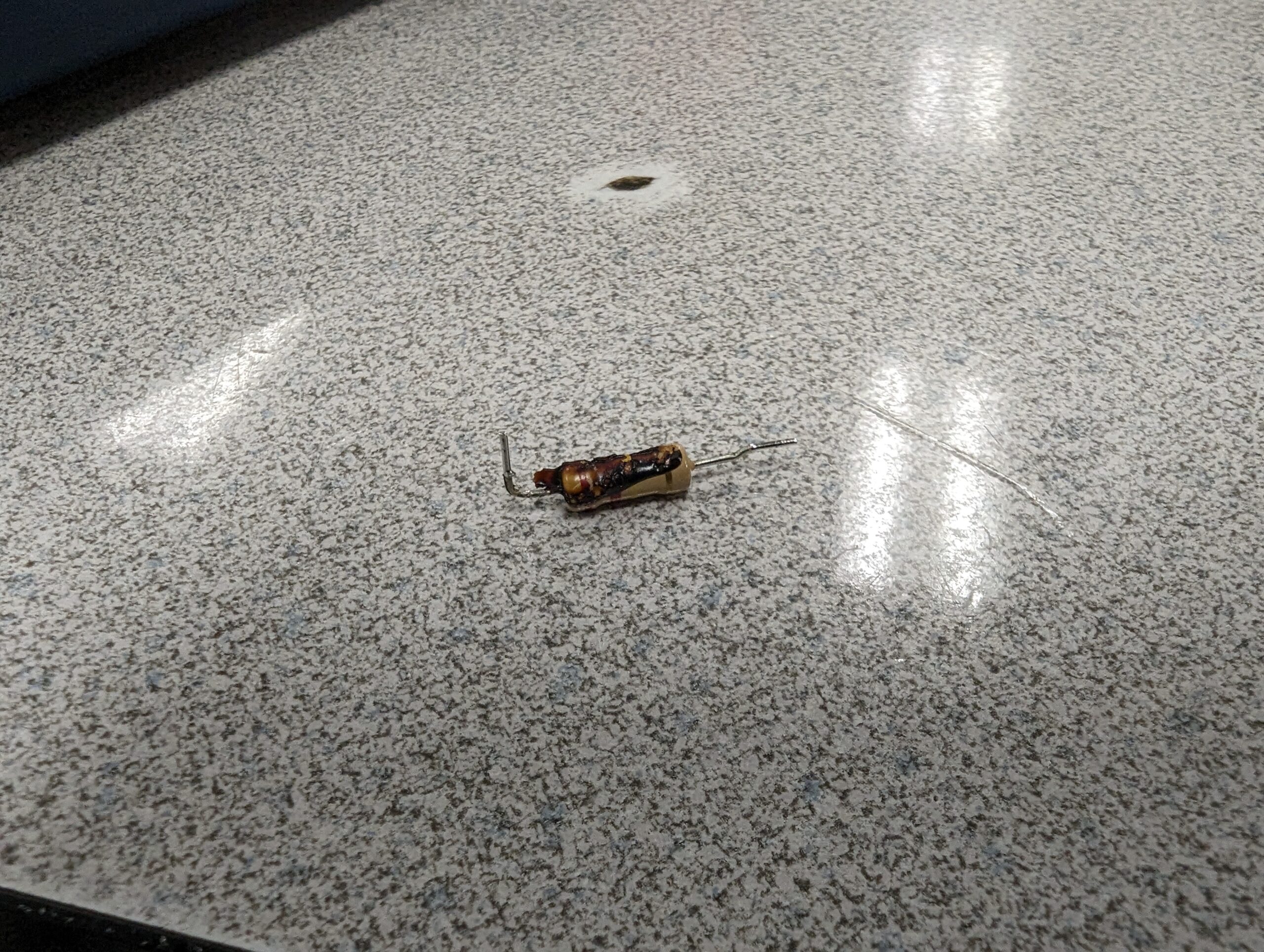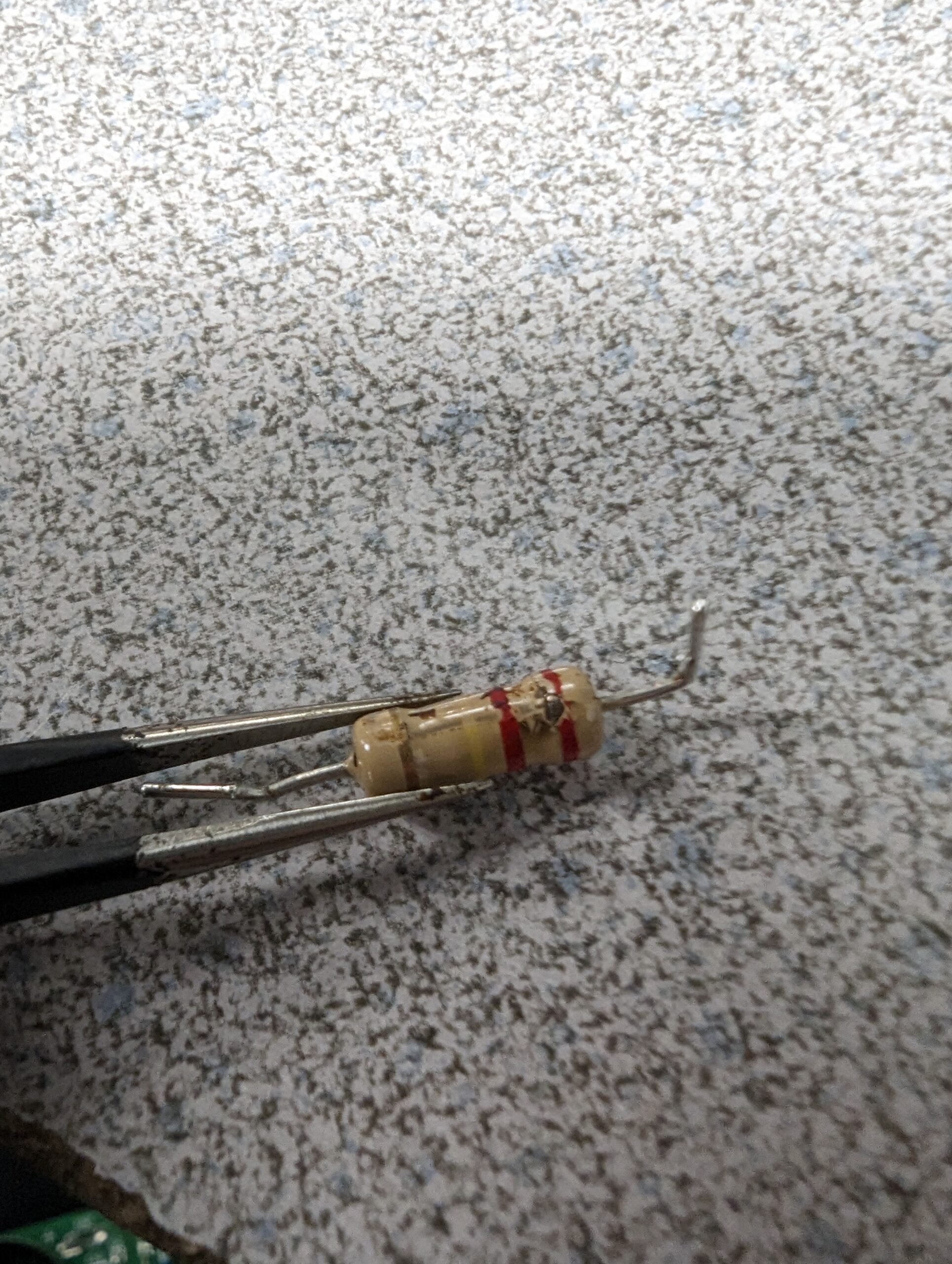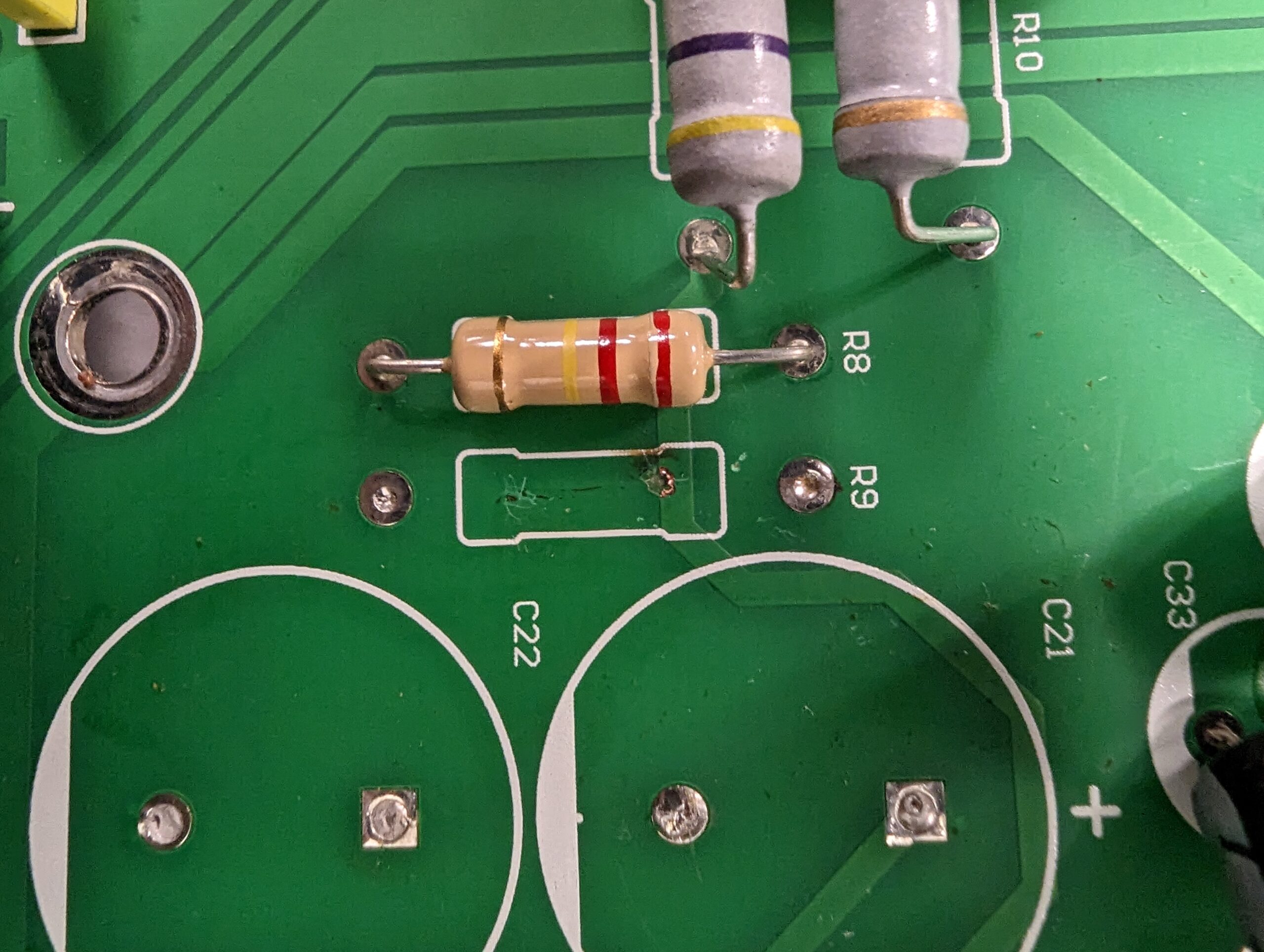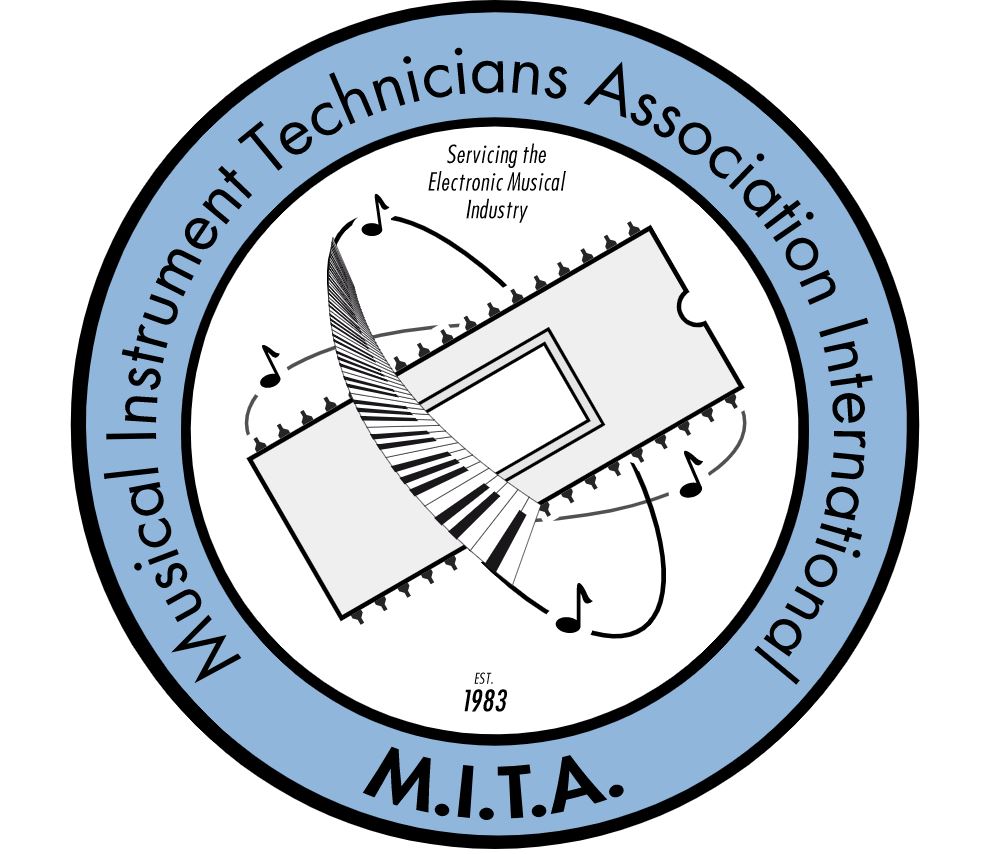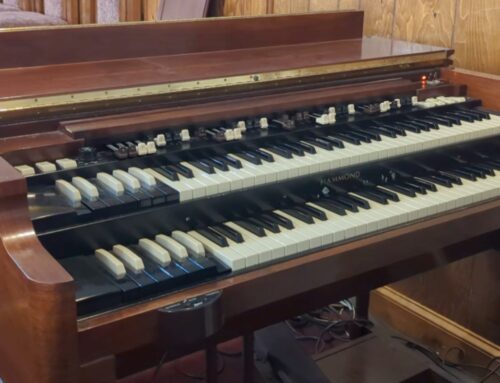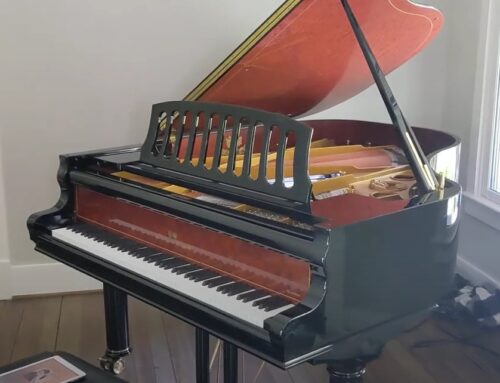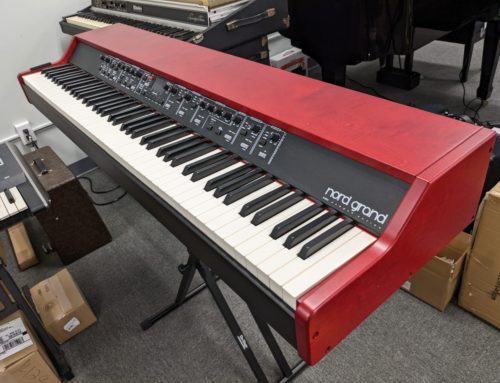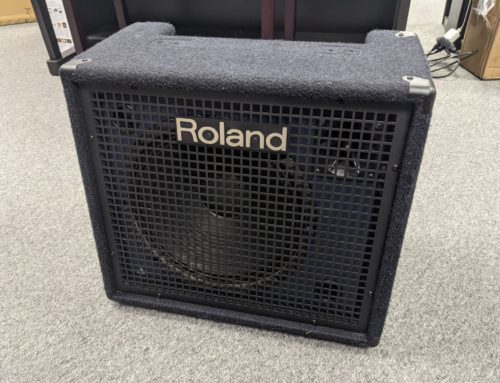Marshall DSL40CR Guitar Amp Repair
Marshall DSL40CR Guitar Amp Repair
We recently received a Marshall DSL40CR Guitar Amplifier that was on the fritz. The amplifier would play very softly in high input mode and not play at all in low input mode. I reached out to Marshall and those guys were fantastic! They told me some things to check and some voltages to measure. I opened the amplifier up and started checking some parameters. The transformers were producing the right amount of voltage and the power and input select switch was working correctly. Now onward to the tube plate voltages for the ECC83s and EL34s. Also, keep in mind the plate voltage for the power amp tubes change whether you select high input mode or low input mode. The voltage drops by about 150V. However, the pre-amp tubes do not. They stay relatively consistent give or take about 10-20V. The first plate voltage I measured was extremely low but still I had some voltage. I then switched to low input mode and the voltage dropped to 0. This was the issue I was looking for.
How Most Tube Power Sections Work
In most tube amplifiers, whether it is new or vintage, the power input section uses dropper resistors to lower the voltage for different applications. For instance, in a Hammond B3 AO28 amplifier the power transformer takes the incoming 110V from the grid and raises the voltage to around 340V RMS. That is then reflected through a rectifier and in the case of the Hammond, a 6X4 tube. The rectification produces a DC voltage of around 375V. Of course, there are some losses in the rectifier tube as well. Then we start to see our dropper resistors. The bank of dropper resisters lowers our voltage to around 335V, 290V, 280V, 205V, 37V, and 33V. How does this work and why use this method of distributing different voltages?
The folks that design these power schemes rely on Ohms law. Ohms law very simply put, states that voltage equals the resistance of the component multiplied by the current flowing through the component. So, for example, if we have a 12VDC motor that takes 1A the resistance of the motor is 12 Ohms. Now let’s say we only have a 24VDC battery and we won’t to power the motor. One way to lower the voltage to 12VDC is to put a 12 Ohm resistor in series with the motor. So, now if we do the math that gives us a voltage drop of 12V across the 12 Ohm resistor, which in turn allows the motor to only have 12VDC across it.
Issue Found
So, going back to the amp at hand. The Marshall amplifier distributes some of the voltages via the dropper resistor method. Since, I was getting very low voltage it was time to look at the dropper resistor distribution network. That is where I found the issue. A resistor was burnt and hot. Now generally this type of issue is caused by a short somewhere, and in this case it was. The short though was not a typical short. Usually, you see shorts in the power filter capacitors or some electrolytic capacitor downstream of the power section. This was not the case. What had actually happened was very curious.
The inside of a carbon film resistor had become exposed and was coming in contact with a trace that was exposed. How could this have happened and why? I do not have an exact answer. Whether it was some type of chemical agent or high voltages jumping or bleeding from the trace to the resistor. None the less, I reached back out to Marshall and they suggested I cut the trace and run a wire instead. This worked out great and I had no more issues with the amp!
One thing I would like to point out is the amount of help I received from Marshall. They technical support is top notch and they do seem like they care for their customers. I have to give them serious kudos for that. You do not always see that this day and age.
Once I got the amp back up and running, I then did a few minor adjustments, and I also replaced the power tubes. The amp sounded brand new again. I really enjoyed working on this amp and if you have any questions or would like your amp repaired just let me know below.
Marshall DSL40CR Guitar Amp Repair
Fill out the form below or visit our Contact Page. We would love to hear from you!


